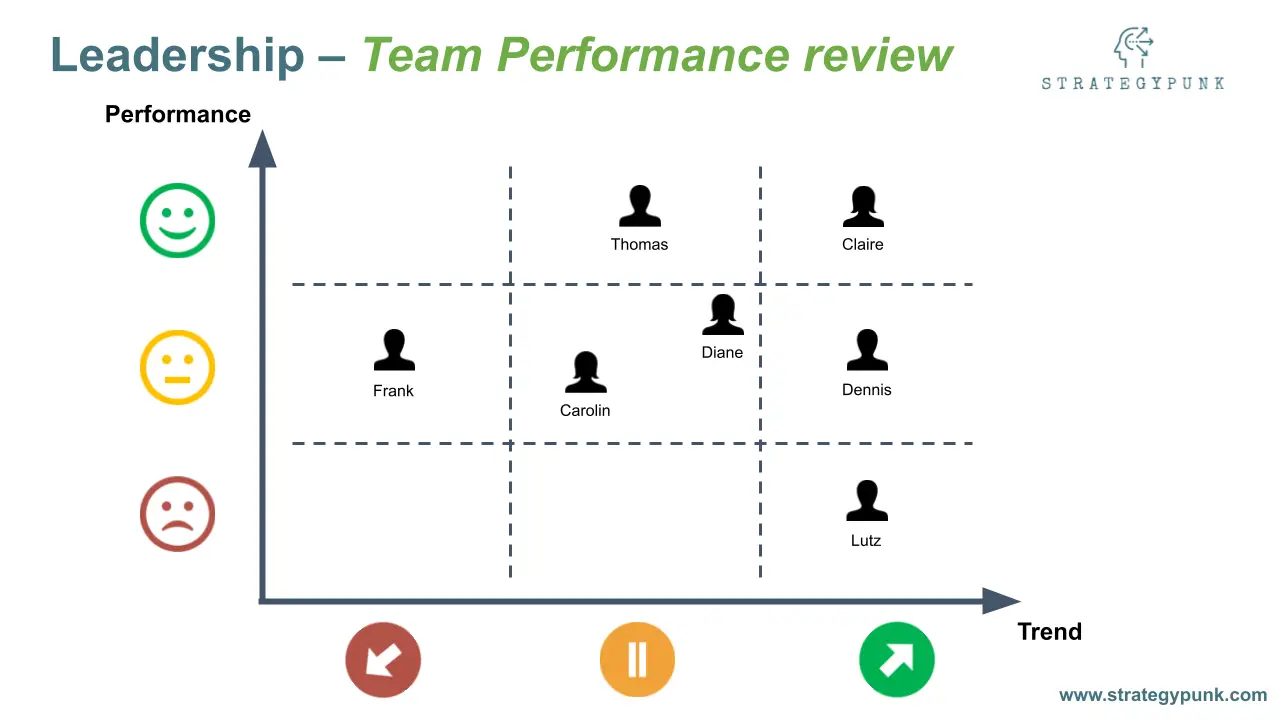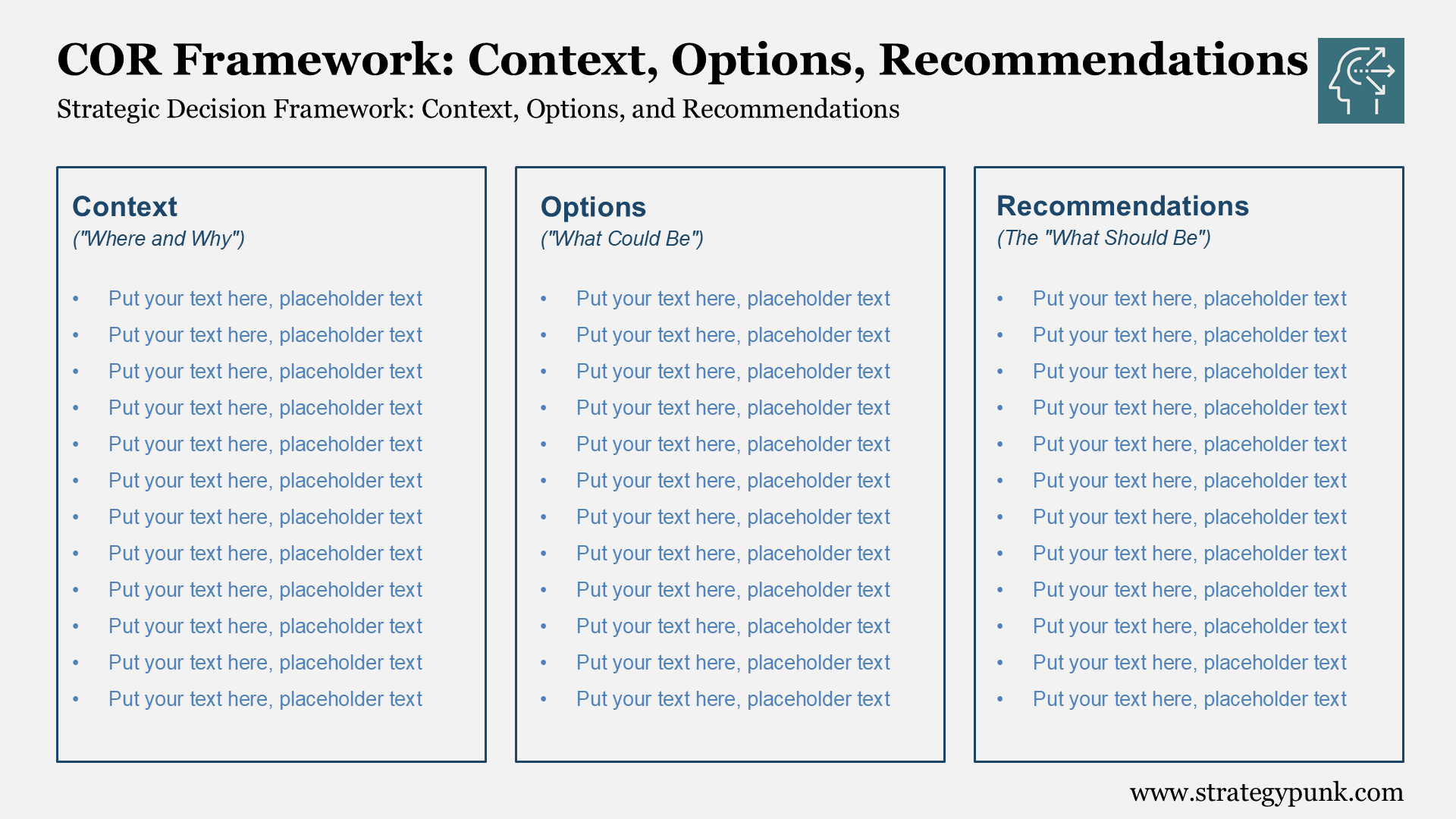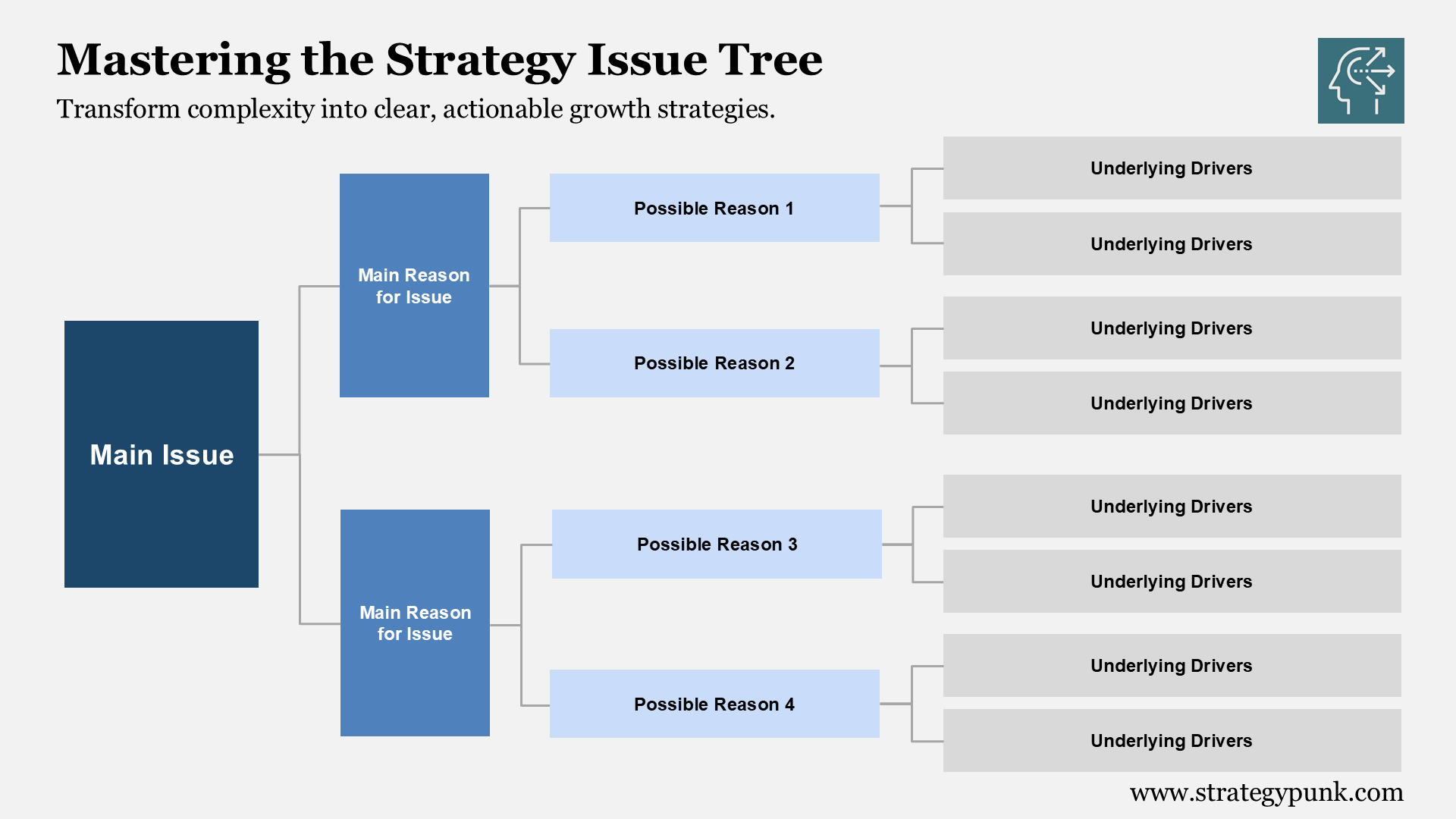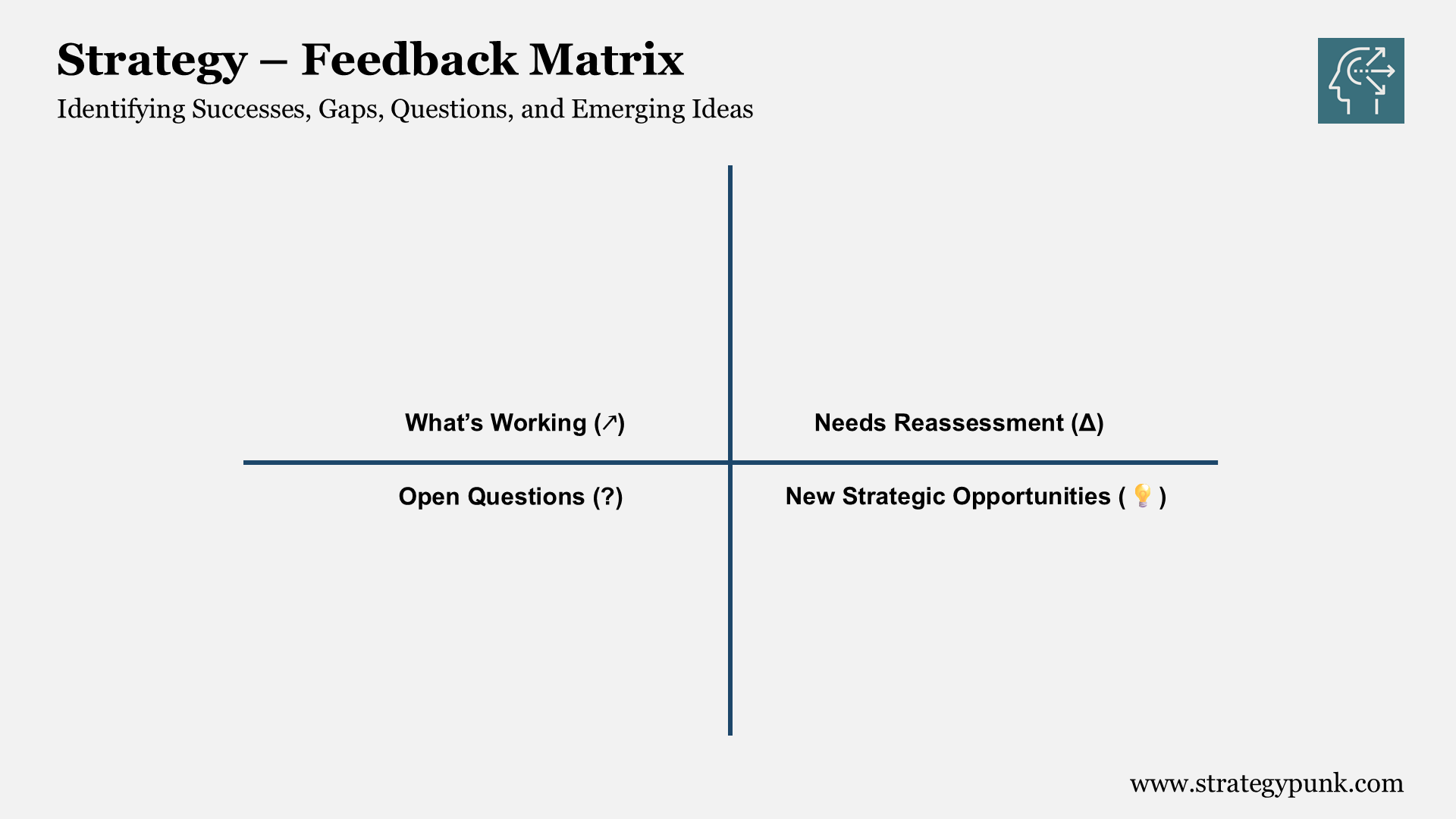Executive Leadership Team Performance Review: Evaluation Tool
Executive Leadership Team Performance Review: Evaluation Tool in PowerPoint and Google Slides format.

This is a systematic and structured approach to reviewing the performance of an executive leadership team. The model has a routine and a trend axis to evaluate all team members and monitor their progress and development over time.
Executive Team Performance Review: Evaluation Tool in PowerPoint and Google Slides format

Slide 1 of the PowerPoint is the ready-to-implement tool; Slide 2 shows the model applied.
The tool is based on a blog post by Martin Mignot, Partner of Index Ventures, on LinkedIn: „10 tips for running board meetings as efficiently as Hanno Renner, CEO of Personio“ - a recommended read.
The tool is designed to run effective board meetings. Otherwise, I can be a valuable tool for all team leads to review and manage the development of their team.
How do you prepare a performance review for the executive leadership team?
The best way to prepare a performance review for the executive leadership team is to start with a development plan. This plan should include a clear, high-level description of the goals you want to achieve and a timeline for achieving them.
The next step is to prepare individualized performance reviews. These reviews should be conducted in person and include quantitative and qualitative components.
Finally, you should distribute the review results to the executive leadership team. This process may seem complicated initially, but it will become easier with practice. Once you’ve completed all four steps, you will have a thorough, accurate picture of each executive’s strengths and weaknesses. This knowledge can be invaluable when making decisions about investment capital, hiring, and promotions.
How do you conduct a performance review for the executive leadership team?
A performance review is a formal, structured process for evaluating an employee’s performance. It aims to provide feedback on how well an employee is performing in their role and help improve their skills and capabilities.
A performance review can be conducted by the executive leadership team (ELT), managers, peers, or a combination of these individuals.
Regardless of who conducts the review, it should be conducted fairly and objectively. Many factors should be considered when conducting a performance review.
These include employee strengths and weaknesses, work history, teamwork skills, attendance rates, job performance, and other relevant information. As part of the evaluation process, employees should be asked to identify areas where they feel they could improve and any strengths they would like other team members to know about.
Lastly, employees should be asked how they feel about the organization's overall performance. Any areas that come up as strengths should be highlighted so that others know them.
How do you measure executive team leadership?
There are several different ways to measure executive team leadership.
First, you must ask yourself which type of leadership you want: transformational or transactional.
Transactional leadership focuses on how well a leader can get things done and is usually measured by productivity, efficiency, and effectiveness metrics.
On the other hand, transformational leadership seeks to create an environment where people want to work and are inspired to do their best work. This type of leadership is typically measured through qualitative measures such as employee morale, engagement, and retention rates. Both types of oversight have their place in the workplace, but only transformational leadership can lead to sustainable organizational change that results in lasting growth and success.
An excellent way to determine whether your executive team is vital is to examine how they interact with each other in formal meetings and more casual interactions outside of work. If there is tension or disagreement between members, it may be a sign that they must use the correct leadership style for the situation.
Click-Worthy Links on Leadership


As you enter your new leadership role, these practices lower your chances of failing.







